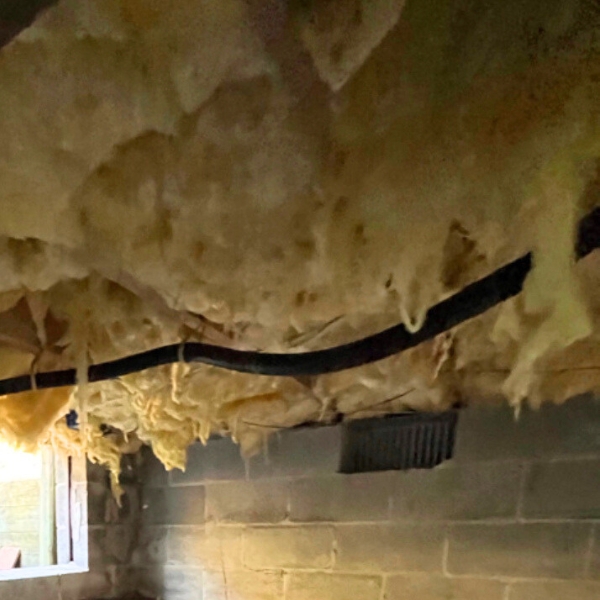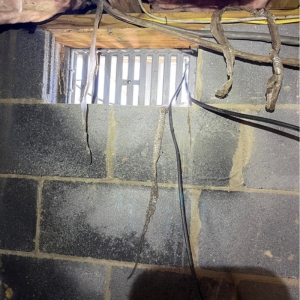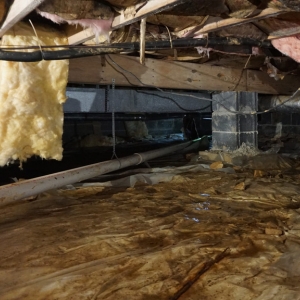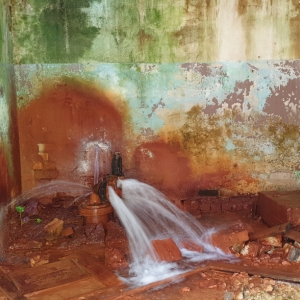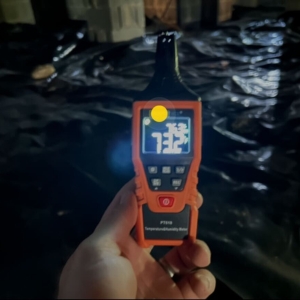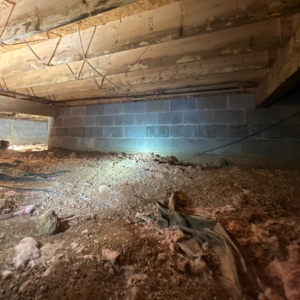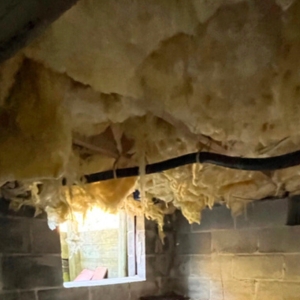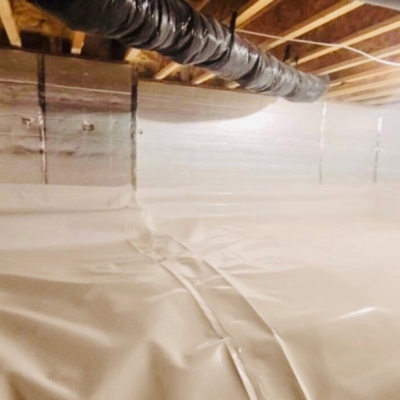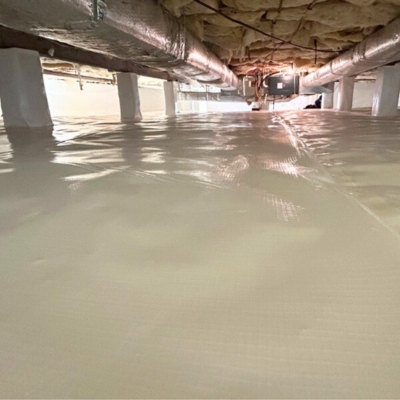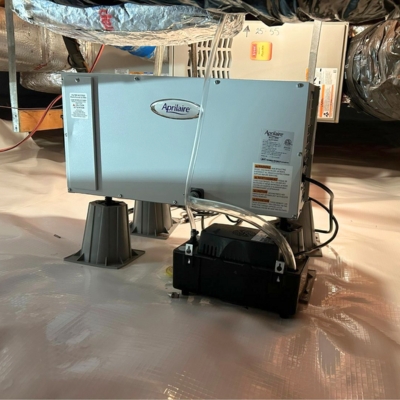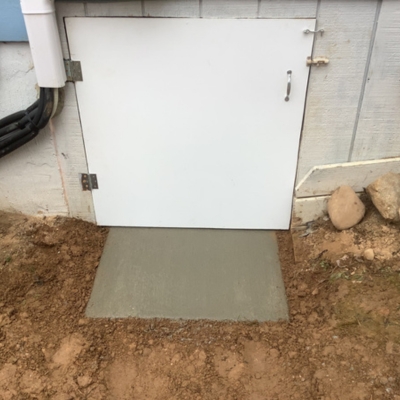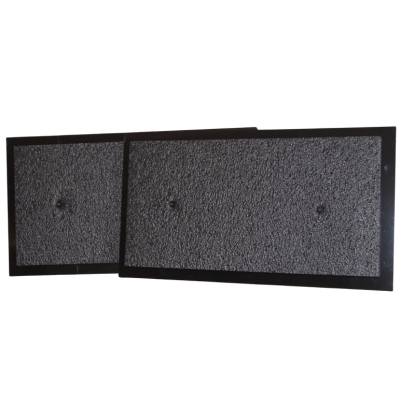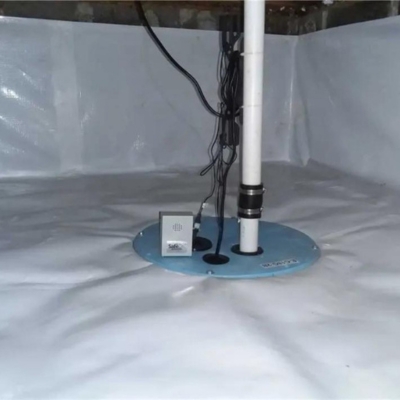Wet Crawl Space Insulation FAQ's
No—wet insulation in a crawlspace is never okay, even if it seems minor. In humid areas like Jacksonville, it quickly leads to water-damaged insulation, mold, and insulation falling down in the crawl space.
Our team at LUX installs polyiso rigid foam insulation board, combined with vapor barriers and vent covers, to ensure moisture can’t degrade your home’s energy efficiency or air quality again.
If you’ve noticed insulation falling down in the crawl space or sagging insulation, it’s likely due to persistent dampness or humidity collecting under your home. This is common in coastal areas like Palm Coast.
LUX solves this by combining crawlspace encapsulation and drainage systems that keep the area dry and prevent moisture in insulation from causing further damage.
That wet crawl space insulation with a musty smell is usually a sign of mold or mildew growing inside the damp material. In Ocala’s high-moisture environment, even small leaks or condensation can create this problem.
Our crawlspace experts install dehumidifiers and a sealed crawlspace door to manage moisture levels and eliminate that smell for good.
Ignoring insulation in crawl space falling can lead to moisture issues, higher energy bills, and poor indoor air quality. Over time, moisture leads to rot and sagging floors.
LUX addresses this by replacing damaged materials with rigid foam insulation board for damp areas and sealing off water entry points with a full encapsulation and vent cover system, custom-fit to Gainesville homes.
Water damage insulation in crawl spaces usually means the source of moisture hasn’t been addressed. In St. Augustine’s storm-prone environment, we often observe this phenomenon after flooding or periods of high humidity.
LUX provides crawl space drainage and installs moisture-resistant rigid foam insulation board, ensuring long-term protection from wet insulation in crawlspace areas.

